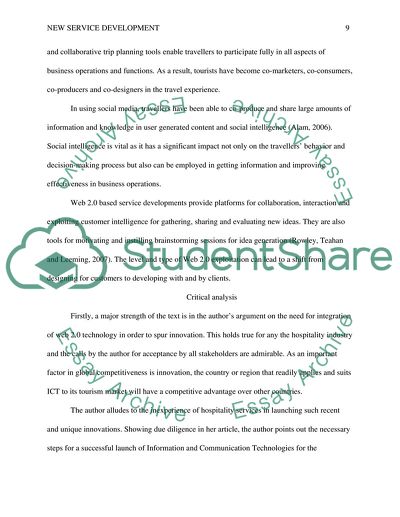Cite this document
(The Web 2.0 Platforms in the Hospitality and Tourism Industry by Article, n.d.)
The Web 2.0 Platforms in the Hospitality and Tourism Industry by Article. Retrieved from https://studentshare.org/tourism/1679609-llb-new-service-product-innovation
The Web 2.0 Platforms in the Hospitality and Tourism Industry by Article. Retrieved from https://studentshare.org/tourism/1679609-llb-new-service-product-innovation
(The Web 2.0 Platforms in the Hospitality and Tourism Industry by Article)
The Web 2.0 Platforms in the Hospitality and Tourism Industry by Article. https://studentshare.org/tourism/1679609-llb-new-service-product-innovation.
The Web 2.0 Platforms in the Hospitality and Tourism Industry by Article. https://studentshare.org/tourism/1679609-llb-new-service-product-innovation.
“The Web 2.0 Platforms in the Hospitality and Tourism Industry by Article”, n.d. https://studentshare.org/tourism/1679609-llb-new-service-product-innovation.


